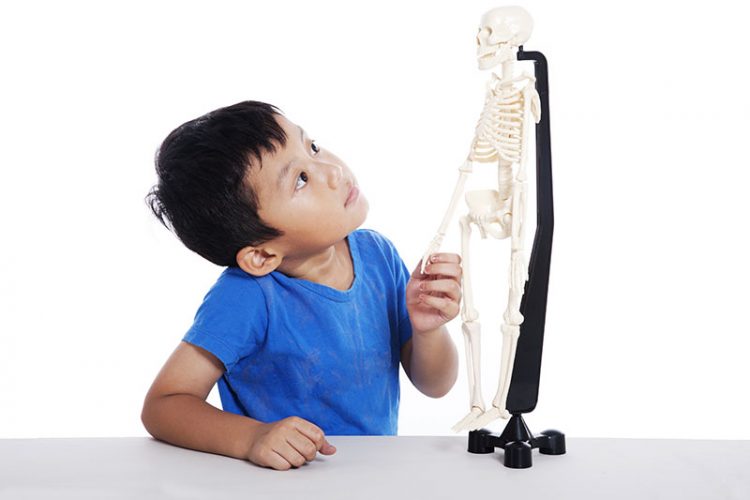 Don’t take your keiki’s bone health for granted. Orthopedic surgeon Dr. Zachary Thielen shares what you should know about growing strong bones and potential for fractures.
Don’t take your keiki’s bone health for granted. Orthopedic surgeon Dr. Zachary Thielen shares what you should know about growing strong bones and potential for fractures.
Childhood is an important time for maximizing bone density. Did you know that we reach our peak bone density by age 20? Ensure your keiki are maximizing their bone density by getting enough calcium and vitamin D in their diet and keeping them active. Physical activity that loads their bones such as walking, running, and jumping all mechanically stimulate the bones to grow stronger and more dense.
Kids’ bones are growing. They have growth plates at the ends of the bone called a physis. The growth plate is made of cartilage and creates new bone causing the bone to grow in length. The growth plates are not as strong as the bone itself and can be involved in kid’s fractures. Because the growth plate is made up of cartilage sometimes a subtle fracture can be present even when their x-ray appears normal. There is a low threshold to place a cast on a child having pain at the growth plate after an injury.
Their bones have an incredible capability to remodel. Kids’ bones are constantly undergoing remodeling, the process of bone resorption and laying down new bone. This process can straighten out a bone healing with mild angulation or overlap through a fracture. The younger a child is, the greater their remodeling potential. Many fractures that would require surgery in an adult can be treated with a cast in a child for this reason.
Children’s bones have elasticity and are less brittle than bones in adults. This allows children to be quite resilient and manage most of the expected tumbles and falls in childhood. It can also result in subtle, very stable fractures called buckle fractures. This occurs when one side of the bone “buckles”, but the rest of the bone remains intact. Most commonly these are seen in the distal forearm after a fall. If a child is continuing to guard or does not want to use their arm after a fall, it’s worth seeing your pediatrician to have them evaluated and decide if they need an x-ray.
Fractures are common among kids and adolescents. One in five children will experience a fracture during their childhood and adolescent years. The highest incidence of fractures is seen in the 10 to 14-year-old age group and most commonly involves the distal forearm or hand. Thankfully children are resilient and do well with regards to recovery and return to function. It’s important that if you are concerned your child may have a fracture that you see your doctor to get the appropriate diagnosis and treatment.
Dr. Zachary Thielen is an Orthopedic Surgeon on Maui. Maui Orthopedic Institute is located in Wailuku. For more information visit mauiorthopedic.com.



